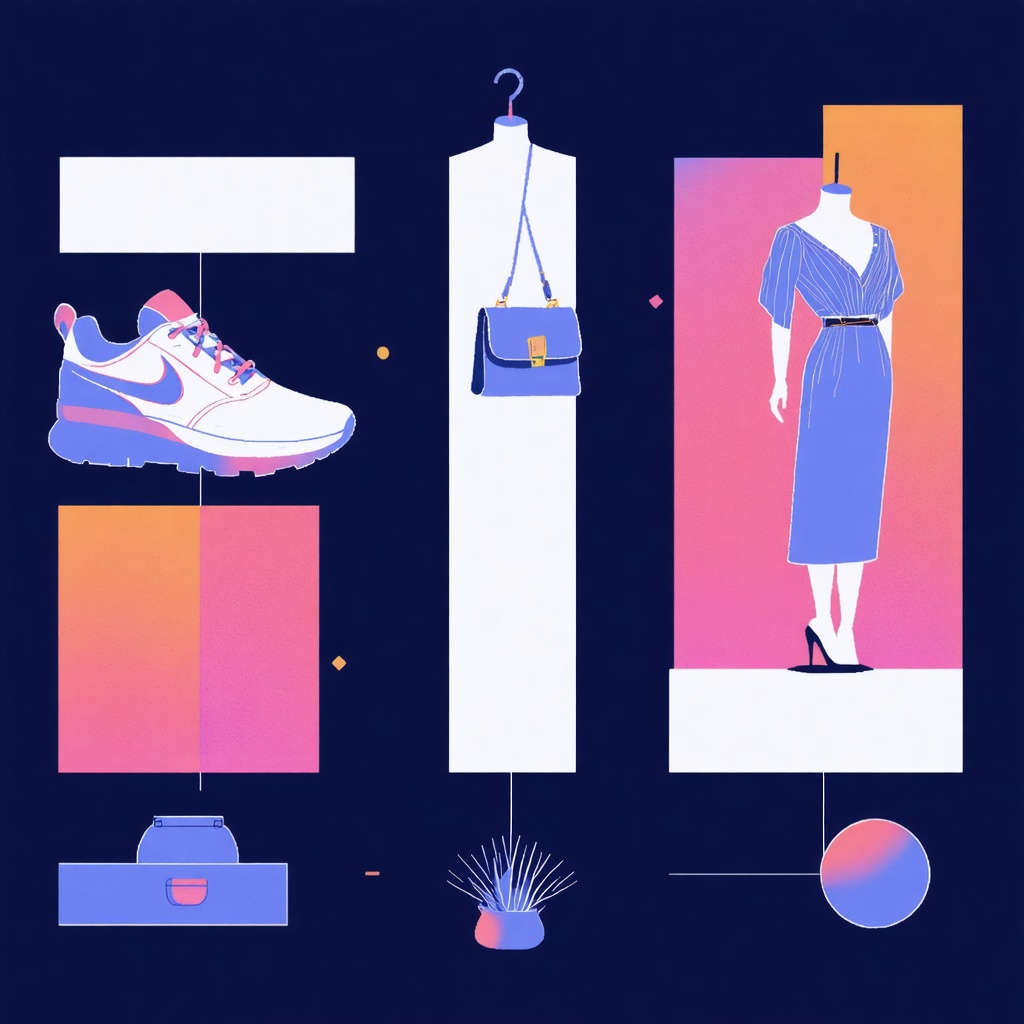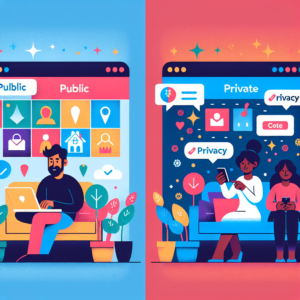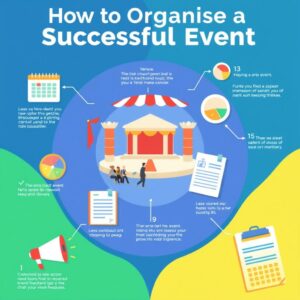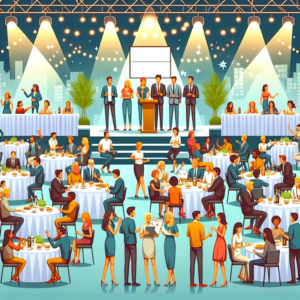How to Plan a Successful Fashion Show: A Step-by-Step Guide
Introduction
Planning a fashion show can be an exciting yet daunting task. Whether you’re a designer showcasing your latest collection or a brand launching a new line, the right preparation ensures your event is a success. In this guide, we’ll walk you through the essential steps to plan and execute a memorable fashion show.
Define the Fashion Show Theme and Goals
Setting the Tone
The first step in organizing any fashion show is defining its theme and objectives. A well-defined theme not only sets the stage but also guides all aspects of the event, from design to execution. Is it a celebration of sustainability? A tribute to a particular decade? Understanding your goals will help you choose the right venue, attire, and models.
Objectives
Setting clear objectives helps in aligning all team members and stakeholders towards a common goal. Are you aiming to promote a new line, raise funds for charity, or simply showcase your talent? Having a clear purpose will make the planning process smoother and more focused.
Choose a Date and Venue
Selecting the Perfect Location
Choosing the right date and venue is crucial for the success of your fashion show. Consider factors like availability, accessibility, and capacity when selecting a venue. A popular venue might come with a higher price tag but could attract a larger audience. Similarly, timing is important; a weekend evening often draws more viewers than weekdays.
Practical Tips
- Check Availability: Reserve the venue early to avoid last-minute cancellations.
- Accessibility: Ensure the venue is easily accessible by public transport.
- Capacity: Choose a venue that fits your expected number of guests comfortably.
Assemble a Team for Planning and Execution
Building Your Dream Team
A successful fashion show requires coordination among various professionals. From designers to stylists, from photographers to videographers, assembling the right team is key. Each member brings unique skills that contribute to the overall success of the event.
Roles and Responsibilities
- Designers: Responsible for creating the outfits.
- Photographers: Capturing every moment for posterity.
- Stylists: Ensuring models look their best.
- Videographers: Documenting the event for social media and archives.
Create a Budget and Secure Sponsors
Financial Planning
Creating a realistic budget is essential for the financial health of your fashion show. Allocate funds for venue rental, models, photographers, marketing materials, and other necessary expenses. Securing sponsors can help reduce costs while increasing visibility.
Sponsorship Opportunities
- Corporate Partnerships: Reach out to brands that align with your theme.
- Local Businesses: Partner with local businesses for mutual benefit.
- Crowdfunding: Engage your community for financial support.
Design Invitations and Marketing Materials
Crafting the Perfect Invitation
Invitations are the first impression your event makes. They should be visually appealing and convey the essence of your show. Include key details such as date, time, location, and a brief description of the event.
Marketing Strategies
Effective marketing is crucial for drawing an audience. Utilize social media, email newsletters, and partnerships with influencers to spread the word. Create buzz by sharing sneak peeks of the outfits and behind-the-scenes preparations.
Book Models, Photographers, and Makeup Artists
Selecting the Best Talent
Choosing the right models, photographers, and makeup artists can make or break your fashion show. Models should embody the spirit of the collection, photographers need to capture the essence of the event, and makeup artists must enhance the models’ features.
Auditions and Contracts
- Auditions: Hold auditions to select the best talent.
- Contracts: Ensure all professionals sign contracts outlining their responsibilities and compensation.
Coordinate Outfits and Logistics
Seamlessly Integrating Details
Coordinating outfits and logistics involves meticulous planning to ensure everything runs smoothly. This includes coordinating the timing of models, ensuring the runway is set up correctly, and managing the flow of guests.
Checklists
- Runway Setup: Confirm the runway dimensions and ensure it’s safe.
- Timing: Coordinate the timing of each segment to avoid overlaps.
- Guest Flow: Manage the flow of guests to prevent overcrowding.
Ensure Proper Lighting and Sound Setup
Enhancing the Experience
Lighting and sound play a crucial role in enhancing the experience for both the models and the audience. Proper lighting highlights the outfits, while good sound ensures the music complements the atmosphere.
Technical Considerations
- Lighting: Use spotlights and soft lights to create the desired ambiance.
- Sound System: Invest in a high-quality sound system to ensure clear audio.
Conclusion: A Call to Action
By following these steps, you can ensure your fashion show is a hit. Remember, preparation is key, and involving professionals who understand the nuances of the industry will greatly enhance your chances of success. Ready to take the next step? Start planning your fashion show today and let your creativity shine!












